The jump hour is a nearly criminally underrepresented type of watch. These semi-digital mechanical devices simplify time telling through more complex movements, a perfect example of watchmaking’s inherent and lovable absurdity. Their unique displays create different layout challenges, leading to unique and fantastic designs, from the sci-fi Space One to the extravagant A. Lange & Söhne Zeitwerk. As such, a new jump hour is always cause for celebration and temptation. However, the challenge for brands that want to enter the jumping game is a lack of readily available movements and modules. So, what’s a brand to do?
For Fears, this is where the power of collaboration comes into play. By teaming up with the industrious Christopher Ward, who developed their in-house jump hour module, the JJ001, back in 2010-11, Fears could access an already proven but exclusive solution. In 2023, they debuted their jump hour as the highly limited Alliance 1 for members of the Alliance of British Watch and Clock Makers, and in 2024, their follow-up mainline version, the Fears Brunswick 40.5 Jump Hour, which we reported on here.
I’m all for watches that provide different and uncommon experiences, whether it be the smooth glide and accuracy of a Spring Drive, the hourly dinging of the Bel Canto, the central minute counter of a Lemania 5100, or the decentralized displays of a regulator. Jump hours stand out even among that crowd by fundamentally changing how time is read. Though most akin to a regulator, using still numerals instead of a hand to display the hour allows it to be read instantly and leaves focus for the minutes. The dials are also emptier and have less motion, making them serene and practical.
Dial
The Fears Brunswick 40.5 Jump Hour (FJH from here out) utilizes the complication to create an aesthetic that aligns with Fears’ reserved and semi-formal style. The dial is split into two concentric regions with the hour window at 12. The outer ring is a delightfully empty black space with a subtle sunray texture, only interrupted by “Fears,” “England,” and part of the hour window. The lack of indices and marks has a striking effect, creating tension. That said, the region also seems prime for some inventive surfacing, such as a painted motif or guilloché pattern.
The inner region contains the minute index and various decorative elements. From the outside, an applied metal ring acts as a border and a point of contrast in the otherwise steady black. With polished bevels on interior and exterior edges and brushing on top, it’s a very well-executed element with a high-end look. The next ring features a printed minute index with numerals at intervals of five and dots per minute. Finally, a surface with concentric graining that sits slightly lower fills the dial’s center.
The hour window at 12, arguably the star of the show, cuts through these inner elements, perfectly kissing the minute index where 60 would be. The window is framed with a tall polished cylinder, another refined element. The hour disk within features black numerals on a white surface printed in Fears’ own “Edwin” typeface. It’s an elegant sans-serif typeface with subtle curves and a vintage feel. The printing is excellent too, with the black paint nicely built up such that it catches the light, and has very crisp edges. However, I can’t help but wonder what a white on black disk would have looked like (I‘m imagining something akin to the Lange 1 “Darth”).
One of the more appealing aspects of the FJH design is something it lacks. As there is only one hand and it never crosses the hour window, there is never any obstruction of elements. There’s never a time when hands are stacked or a window is blocked. This leads to a very clean appearance and, from a photographic perspective, no time is better looking than any other. This might seem superficial, but these days, social media can be a factor in enjoying a timepiece.
Case and Movement
The FJH is an elegant watch, but not a small one. The case is a 40.5mm cushion with lugs that extend 47mm. It also measures 12.8mm thick to the top of a gently domed sapphire crystal. It’s the biggest in the Brunswick collection, which includes 40mm and 38mm models as well. Since it’s a cushion, it wears a bit bigger than a round 40.5mm case, as the corners extend it out. That said, while it has a lot of presence on my seven-inch wrist, it isn’t oversized.
The unique dial layout adds to this sentiment, as it has a speedometer quality. Altogether, this puts the FJH into liminal territory that can be a bit hard to define by our rather silly watch categories, but if I were to have to label it, I’d call it sporty-chic. It doesn’t feel like the slender, demure watches I’d label as formal or dressy, and yet, it’s more elegant and refined than a typical sports watch. Ultimately, this makes it a more versatile timepiece. The older I get, the more drawn I am to watches that better reflect my lifestyle, which is to say, one that doesn’t need anything particularly rugged, with an aesthetic that leans business casual.
The case is attractive and well-finished, with mostly polished surfaces, save for the top of the mid-case, which has gentle radial brushing. It’s particularly attractive when looking down the lugs, as you can see how every plane curves, and the radius on the case sides. A large onion crown sits at three, which feels a little ornate for my tastes. I sometimes find onion crowns difficult to grasp given their rounded shape, but that wasn’t an issue with the FJH, likely because the sides curve away from the crown, allowing better access.
Inside, but not visible, is a Sellita SW200 with the Christopher Ward JJ01 module. While the SW200 is common at this point, it’s also trusted and reliable. Of course, the module is the special bit, providing the jump hour functionality. Looking back at my review of the Christopher Ward C9 Harrison Jumping Hour from 2011, I noted that Johannes Jahnke designed the module to distribute the power needed to jump the disk over the full hour, rather than a shorter build-up towards the end of the hour, which could affect timekeeping. A nice innovation, especially considering that CWard was much smaller at the time.
Bracelet
The FJH is available on black leather or the five-link bracelet seen on the review sample. The bracelet combines fully brushed with fully polished links of about equal width for an appealing look that suits the finishing and design of the case. It’s 20mm at the lugs, and tapers to 18mm at the butterfly clasp. I prefer more of a taper as it leads to a lighter feel, though visually, this does suit the watch. The clasp features the Fears “cipher,” which has a certain upscale sartorial appeal that reflects the brand’s image. My favorite feature, however, is the “Bristol flowers” engraved and enameled on the inside of the clasp. A lovely hidden feature that’s just for the owner.
Conclusion
When the FJH was announced, I saw many comments decrying its price tag, which is $4,400, as shown. This surprised me initially. I mean, people complaining about prices is never really surprising, but I felt that Fears had established their price point well. While the FJH certainly wasn’t inexpensive, it felt in line with what one of their watches would cost with an additional and uncommon complication. Moreover, I respect their decision to price it as they have, whether it’s received well or not.
Fears is a rare example of a brand that has emerged from the “microbrand boom” and established itself as a burgeoning independent luxury retail watch brand. It has several employees and a showroom and is available at multiple well-respected watch dealers, such as James Porter & Son and Collective Horology. They’ve even produced a handful of five-figure timepieces, including ones in precious metals. Since Fears isn’t just D2C, it has a larger margin required to support its business and retail efforts, which leads to higher prices. But there is something else.
Fears is positioning itself as the brand it wants to be, which isn’t one that tries to win customers with low prices and promises of value. It is a British luxury watch brand with the fit, finish, and trappings to match. This might put it in an awkward position with enthusiasts who are price-comparing, but it sets them up for success with a larger market, one that cares about the image of a brand as well.
Do you need to buy into this? Of course not, but to revisit the Brunswick 40.5 Jump Hour, Fears has made a watch that fits into this model, as well as expands the brand into the territory of complications. It’s an elegant watch with a unique look that is executed as well as I’d expect a watch at this price to be. Though, in fairness, that’s not much different from a well-finished watch that costs a few thousand less as finishing has gotten much better in general.
As said in the intro, I like watches that do something different. They all tell the time, but sometimes the experience of wearing one, using it, and living with it can stand out from others. The Fears Brunswick 40.5 Jump Hour is a watch that has this potential. In my time with it, I quickly came to appreciate its balance of quirky layout with tasteful execution. It’s a watch that speaks to an interest in horology, while also saying I like to dress well, which is how I’d like to see myself, successful or not. Fears Watches
$4400
Hands-On: the Fears Brunswick 40.5 Jump Hour
Case
Stainless Steel
Movement
Sellita SW200 w/ C Ward JJ01 Module
Dial
Raven Black
Lume
NA
Lens
Domes Sapphire
Strap
Steel Bracelet
Water Resistance
100m
Dimensions
40.5 x 47mm
Thickness
12.8mm
Lug Width
20mm
Crown
push-pull
Warranty
Two Years
Price
$4400
Images from this post:
The post Hands-On: the Fears Brunswick 40.5 Jump Hour appeared first on Worn & Wound.
More...



 Likes:
Likes: 

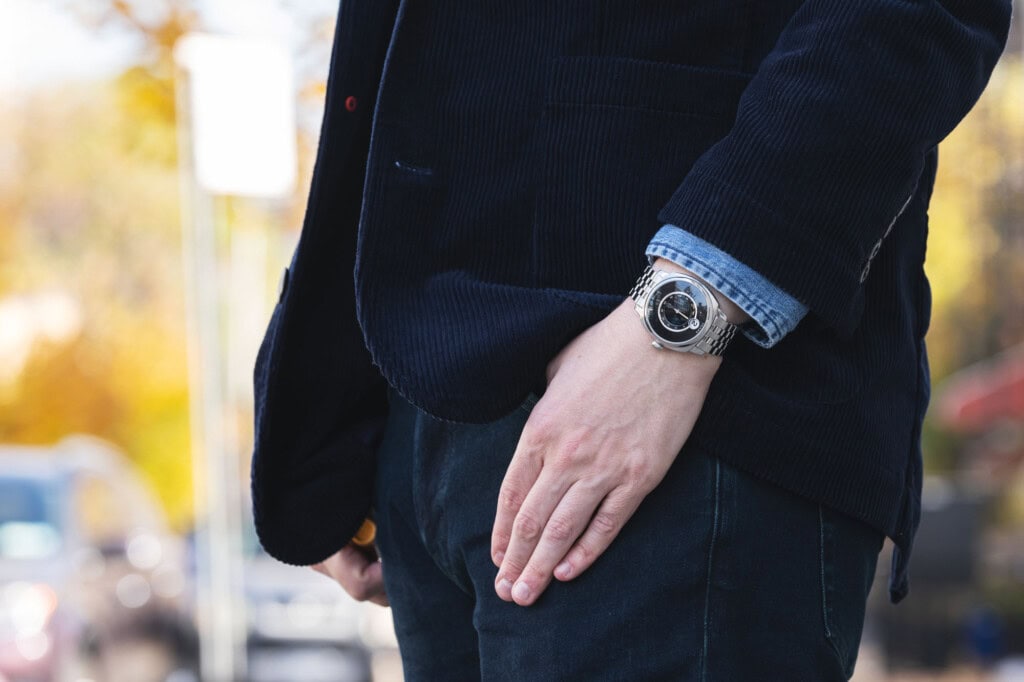
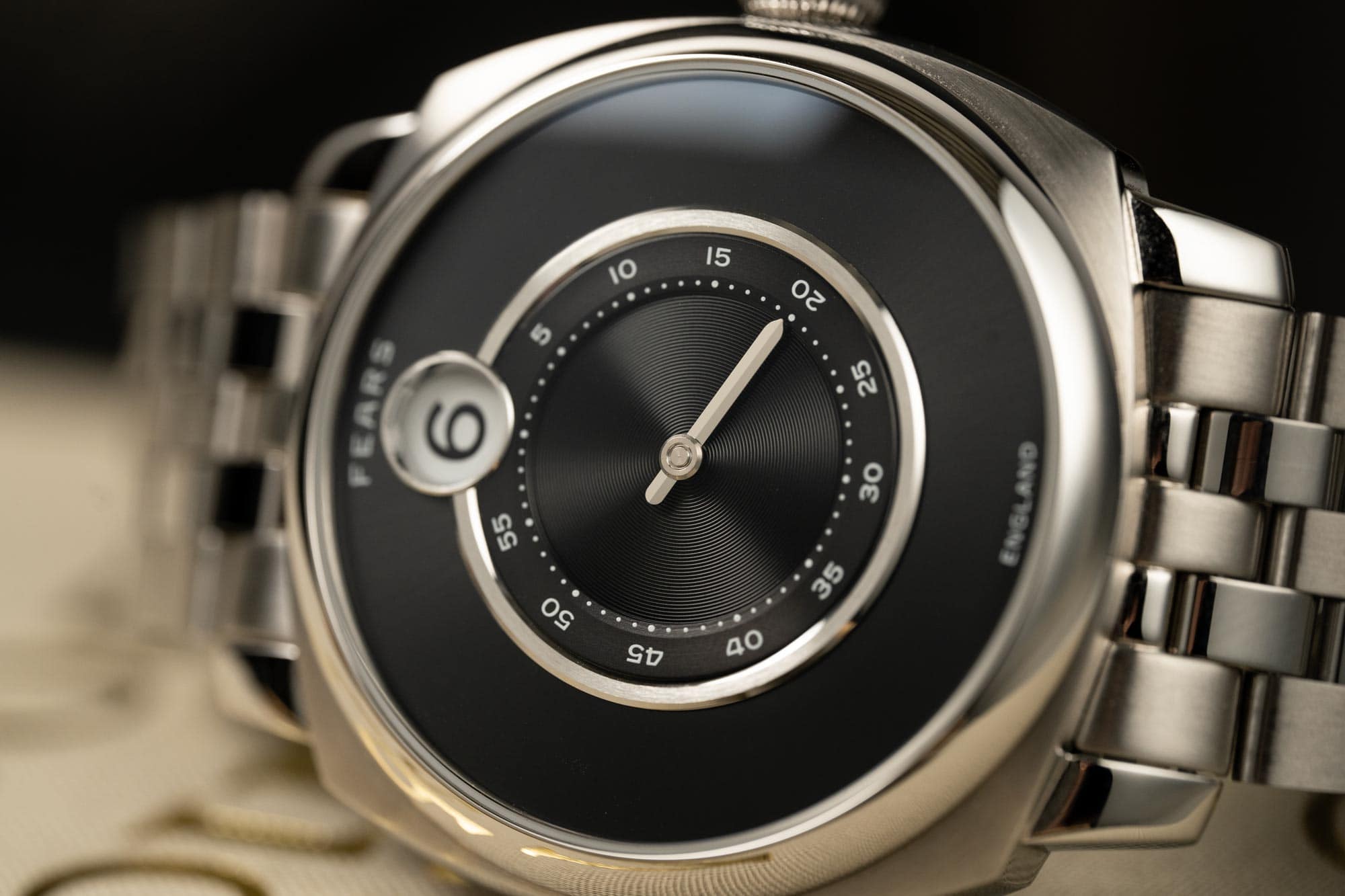
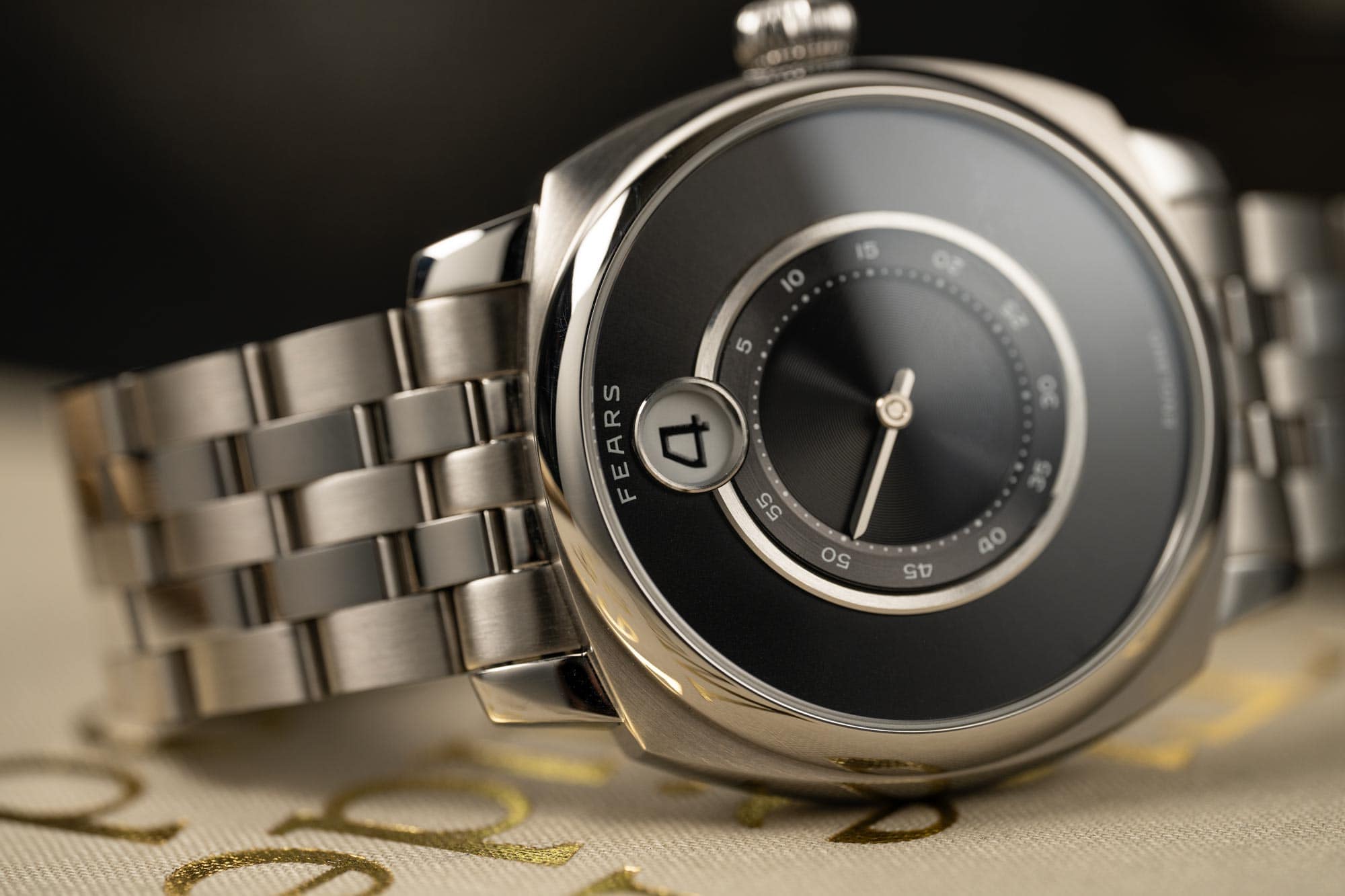
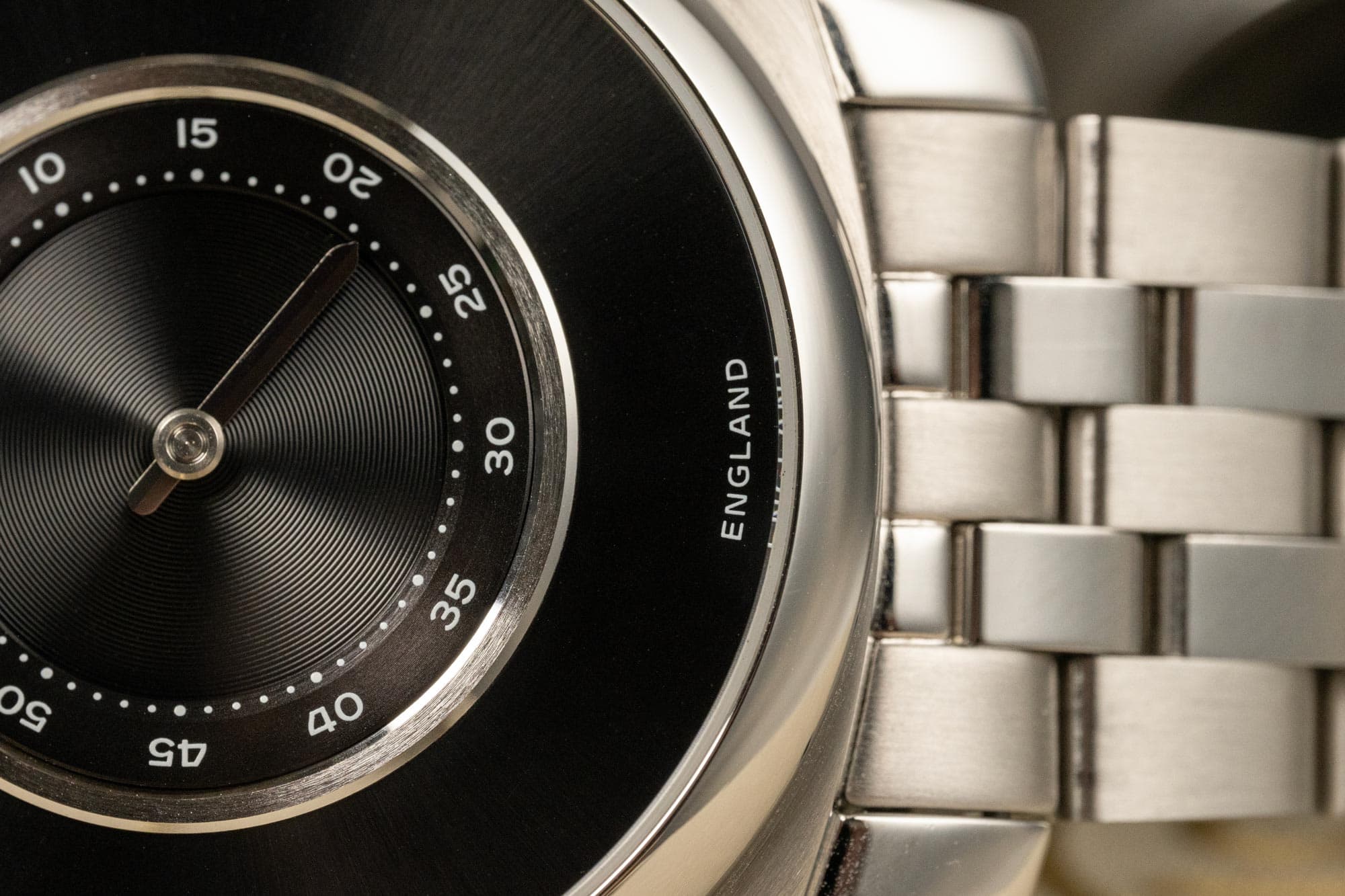
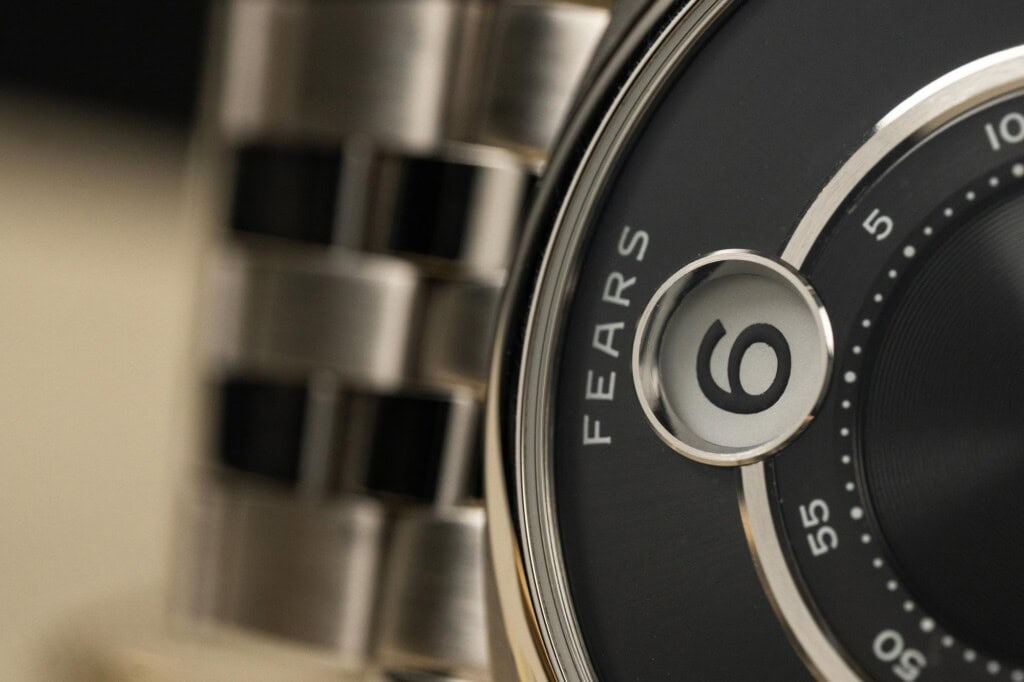
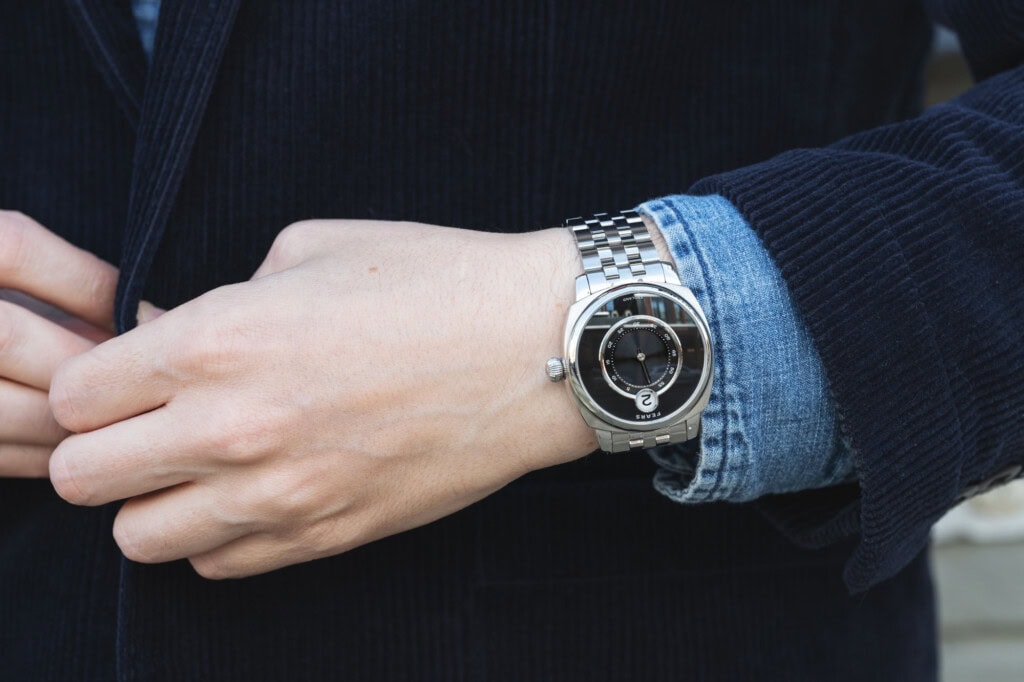
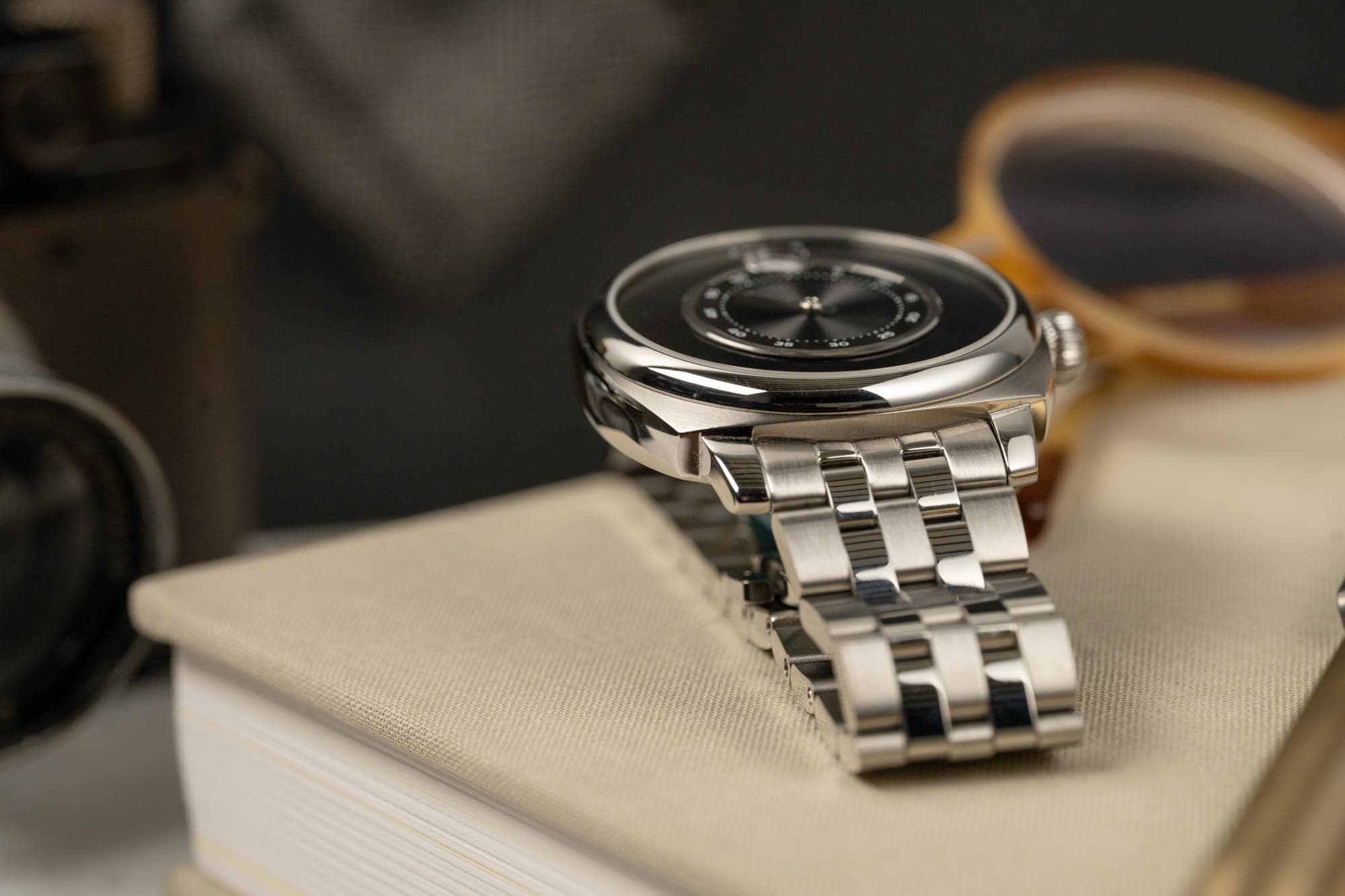
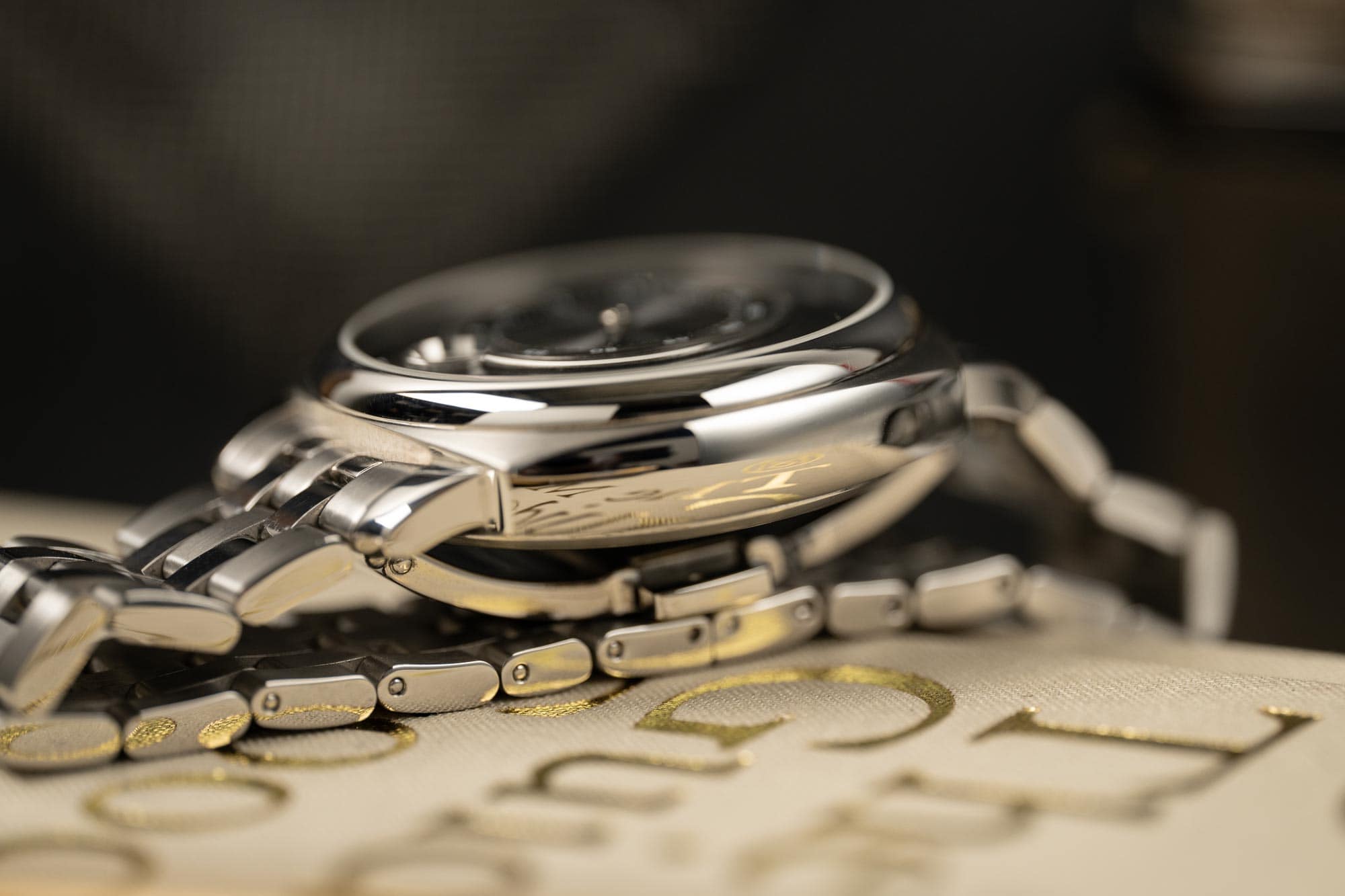
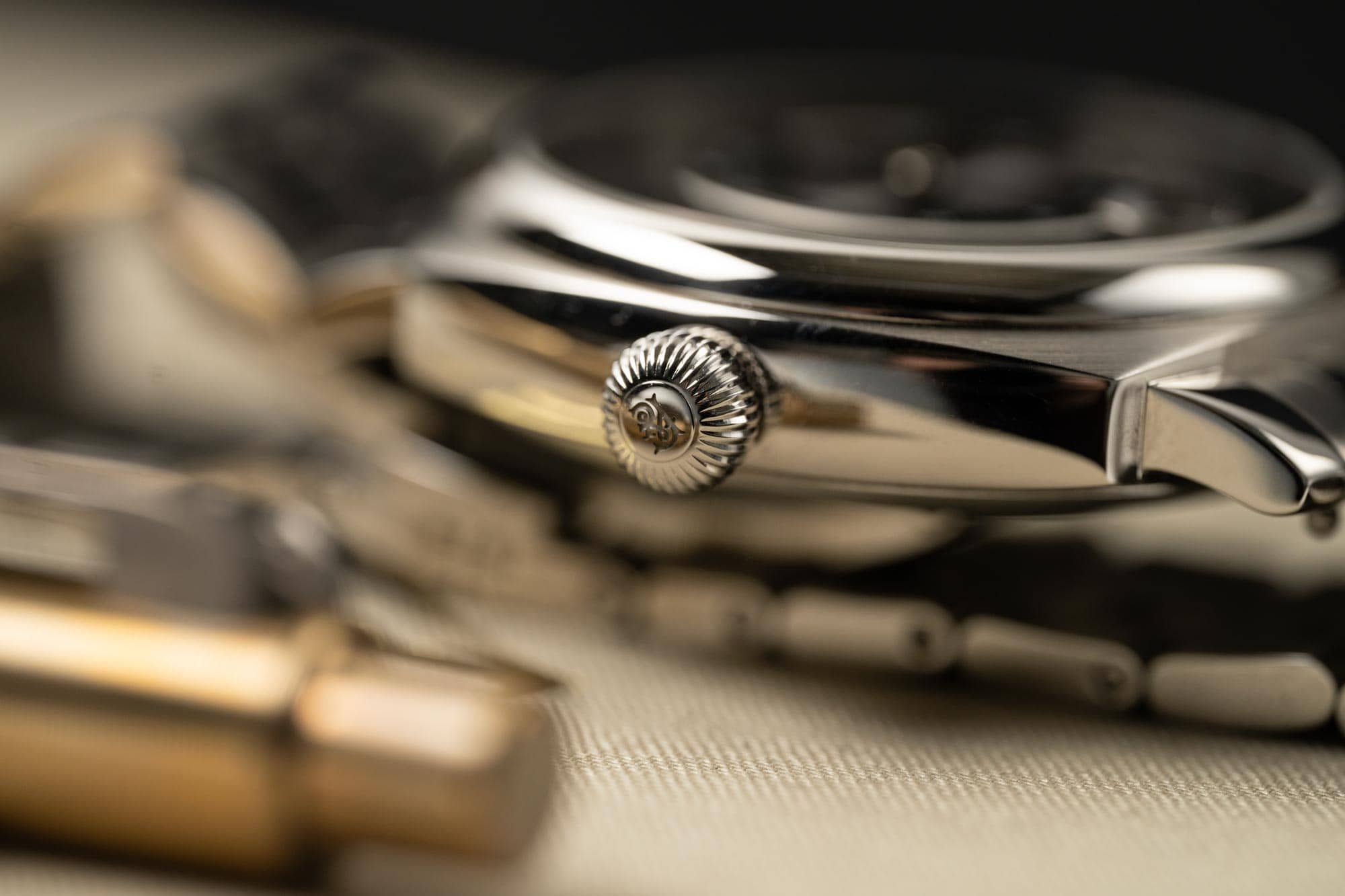
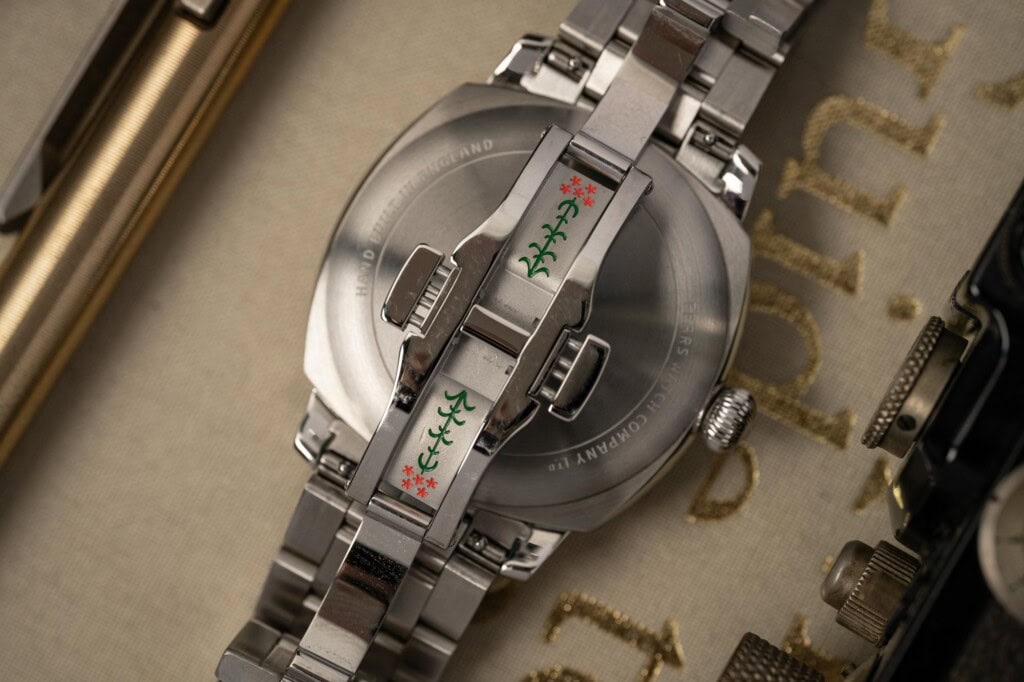
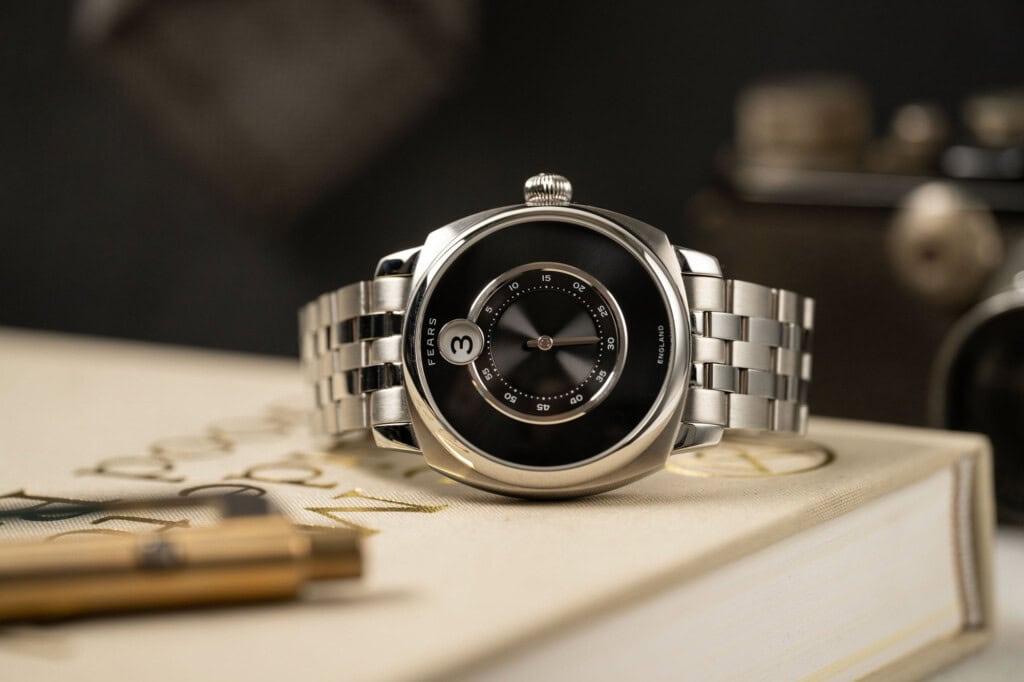
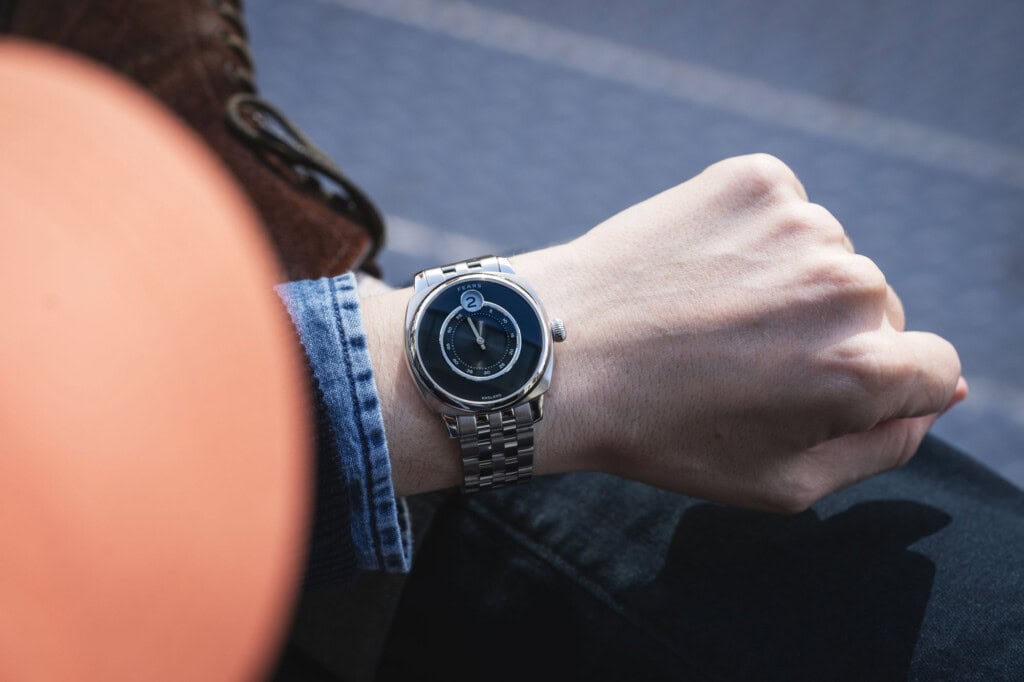

 Reply With Quote
Reply With Quote